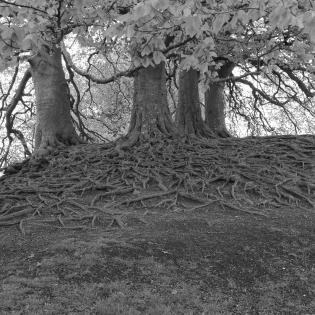Yesterday, Today, Tomorrow
Youth Activity; Students read about the philanthropy of Madam C.J. Walker, David Robinson, and Jason Crowe, and they begin to tell their own story.
"I do what I do for a simple reason, really; I like to help people." - middle school student
Youth will
- read about people who have given their time, talent, and treasure to the community.
- learn through storytelling how these individuals, old and young, decided to become philanthropists and why.
- review the words and definition of philanthropy and note how they appear in the stories.
- see themselves in the role of philanthropist.
Copies of stories to read found at
Madam Walker - https://www.biography.com/business-leaders/madam-cj-walker
David Robinson - https://www.biography.com/people/david-robinson-21101291
Jason Crowe - https://myhero.com/jasoncrowe
Oprah Winfrey - https://www.insidephilanthropy.com/glitzy-giving/oprah-winfrey.html
Instructions
The facilitator explains that the participants will hear some stories about historical figures who were philanthropists and about some philanthropists who are living today. Age and diversity are found within the people profiled in the stories but participants will be looking at the things these people have in common and comparing these to the definition of philanthropy used in previous lessons.
Review the definition of Philanthropy: "thoughtful, intentional, and ongoing giving of your time, talent, and treasure for the common good." Tell the students to keep this in mind as they read the stories of the famous philanthropists.
After they read the stories, the facilitator asks the participants to think back over the stories of Madam Walker, David Robinson, Oprah Winfrey, and Jason Crowe.
- What did the stories and people have in common?
- What was different about each story?
- Were the givers focused on a special reason for giving? If so, what was it for?
- Where were there examples of intentional giving?
- How do you know that Madam Walker’s philanthropic actions will be ongoing?
- How would you describe thoughtful giving in Jason Crowe’s actions?
- Can you think of anyone who has provided intentional, thoughtful, and ongoing giving in your organization, school, church or community?
The facilitator hands out paper and pencil to each participant. “Each of us has a story to tell of a philanthropic action we have done or would like to do. Take a few minutes and think about what you have done or would like to do for your family, school, organization, or community.”
The facilitator tells participants to find a comfortable space and begin to write their own philanthropic story.
Remind participants that they will not be graded on their story; it is for their eyes only. Tell them to think about the definition. Will their story demonstrate intentional, thoughtful, and ongoing giving? “Think about your future/your tomorrow; will you want to continue these philanthropic actions? Why? Or why not?"
Participants should keep their “tomorrow” stories in a notebook or journal. Have them add to it throughout the year. Write more stories and begin to share these with family and friends. Encourage others to write their own “Tomorrow” stories. “Begin with the End in Mind” might be used when writing the tomorrow stories. The participant could imagine that he/she is 75 years old and his/her philanthropic actions have had a major impact on the common good of the community. They might respond to these questions: What has changed? What organizations are stronger? How have people, plants, animals benefited from your efforts? These stories can be kept in a notebook or journal.
